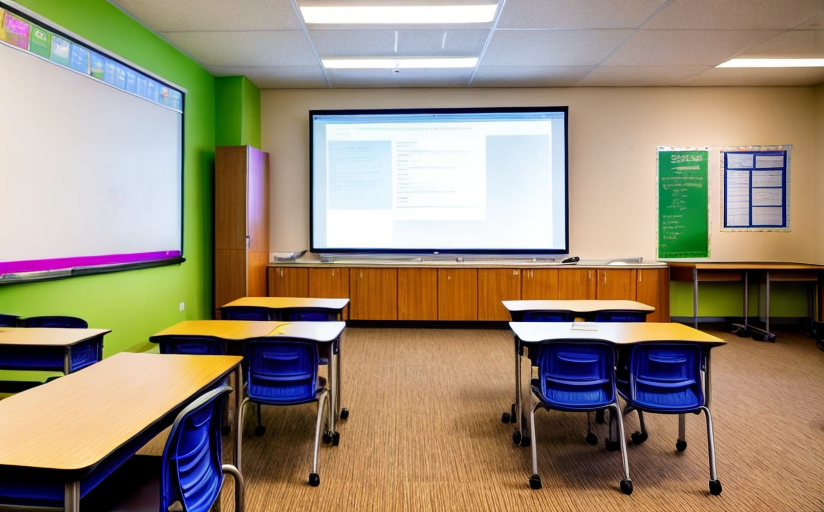The Paramount Role of Technology in Today's Educational Sector
Technology has significantly revolutionized various sectors, and education is no exception. The digital era has introduced transformative advancements that are revolutionizing teaching methods and learning resources, enhancing efficiency, and sparking engagement. However, this shift also poses challenges that educators, policymakers, students, and other stakeholders need to address.
Technology Revolutionizing Teaching and Learning
Technology's integration in education has broadened the horizons of teaching and learning. Classroom teaching techniques are expanding beyond traditional methods, integrating digital tools like interactive whiteboards. Whiteboards provide visual, interactive learning possibilities, promoting active student participation and transforming the traditional transmitter-receiver model of teaching.
Beyond physical classrooms, technology has paved the way for virtual learning environments. Online platforms, video conferencing apps, and digital course materials provide accessibility and convenience, enabling learning without geographical limitations. Such resources democratize education, making it possible for anyone, anywhere, to access quality education.
Impacts on Student Engagement and Learning
Technology significantly enhances student engagement and educational efficiency. Digital tools offer dynamic and interactive content that can stimulate interest and make complex concepts more understandable. They promote active engagement, fostering critical thinking skills and problem-solving abilities. The flexibility of online learning also allows students to learn at their own pace, thereby improving educational efficiency.
Potential Challenges
Despite these advantages, the technological shift in education brings its own challenges. These include digital divide, privacy and security concerns, and the need for robust infrastructure and digital literacy. For technology to be effectively integrated in education, these challenges need addressing by all stakeholders, including educators, policymakers, and students themselves.
Leveraging Emerging Technologies
Emerging technologies offer immense potential to further revolutionize education. From AI-powered personalized learning systems to virtual reality for immersive learning experiences, the possibilities are vast. However, it's crucial for educators to drive this change, integrating technology effectively to enhance teaching and learning. Policymakers, too, must play a decisive role, providing the necessary infrastructure and ensuring digital equity. Students, the primary beneficiaries of this transformation, have a key role in adapting to these changes, using technology responsibly and effectively for learning.
In conclusion, technology plays a paramount role in reshaping education for the better. While challenges exist, the opportunities offered by technology are transformative and far-reaching. All stakeholders must work together to leverage these opportunities, ensuring that educational systems can ride the wave of the digital era for the benefit of all learners.

















Comments
Leave a Comment